Excursions
First of all, one might ask, why to do excursions at all, especially those to indigenous peoples.
When we do research concerning human phenomena, we are confronted with the question, which of the characteristics found are typical for human beings, and which are only specific for the particular culture. This question can be answered with cross-cultural research. If we find the same behaviour across many cultures, then we can assume, with a certain probability, that this behaviour can be claimed to be typical for humans. But if we find that behaviour in only one or in some, but not in all cultures, then we can say that it is certainly not typical for the human being, but that it is rather a culturally specific phenomenon.
However, when conducting cross-cultural research, we have to make sure that it really is cross-cultural. Not everything that is labelled cross-cultural, intercultural, transcultural etc. actually fulfils that claim. This has to do with the fact that we live in a globalising world, where social systems become increasingly interconnected. Globalising processes are faster in centres and slower in peripheries. So we might find larger differences regarding attitudes, motivation or certain behaviour patterns, between cities and rural areas, than between cities, even if they are far apart from each other, like Berlin, Tokyo, Sydney and Buenos Aires. Therefore, if we want to do cross-cultural research, we have to make sure that the cultures visited are really distinct from each other, and not interconnected within the globalised culture.
Now, here comes a big BUT: If we do any research in an indigenous culture, we have to make sure that we do not influence the people visited in any destructive way. Whatever might, even potentially, destabilise their culture, must be avoided. Otherwise, there would be a breach of International Law. This has been formulated very clearly in the UN Declaration on the Rights of Indigenous Peoples. And of course, we have to seek full, free, prior and informed consent before entering an indigenous community.
With regard to methodology, we also need to bear in mind that it would not make any sense to influence what we measure, because then we would distort the results. In fact, as Heisenberg has shown, it is hardly possible not to influence any results while measuring something. Therefore, we have two alternatives – either to refrain from any research, or to minimise our influence as far as possible. In our research, we follow the principle of minimally-invasive field encounters with total immersion into the host culture.
Any behaviour, when perceived, is an act of communication. Adapting to the host culture communicates acceptance and respect. It is a commonplace in communication research that we cannot not behave. Consequently, we should behave the optimal way, especially, when we visit fragile and threatened cultures. Since there is no neutral behaviour, we should ask: How shall we behave that it is most helpful to the indigenous people? Of course, we should not contribute to their culture’s destabilisation. Rather, we should aim at stabilisation and even re-stabilisation. Article 11 of the UN Declaration provides an important aspect: Indigenous peoples have the right to revitalisation of their culture. For visitors, this means that even if the indigenous culture has already been destabilised to some extent, then this may not be taken as an excuse to contribute to this destruction. Instead, when adapting to and integrating into the indigenous culture, visitors should orientate themselves towards the state of that culture as it was before the destabilising influence started. Otherwise, the indigenous people’s right to exercise what is granted by Article 11 would be counteracted.
In the bottom line, excursions can yield the chance to contribute to indigenous people’s self-confidence, if the visitors pay respect and communicate their acceptance of the indigenous culture. When carried out thoughtfully, the excursions can even help to repair what has been destroyed.
Some past excursions –
2018: Panamá, Brazil, Uganda
2017: Cambodia, Laos, Vietnam
2015: Perú, Ecuador
2015: Panamá
2014: Panamá, Cameroon
2013: Uganda-Rwanda
2012: Cameroon
2011: Ethiopia
2010: Cameroon, Uganda
2009: India
2008: Cameroon
Next Excursions are planned to Colombia, the Guayanas, Benin.
Some pictures from the fields …
… from the last Uganda excursion with
– assessments of the situation of the Batwa and the Teso peoples;
– workshops on cultural revitalisation with focus on body semiotics and indigenous knowledge about the use of plants;
– studies on:
> cultural identity,
> orientation towards cardinal directions,
> olfactoric perception, and
> emotional ratings of sounds;
– investigations of local flora in different parts of the country.
… from the last trip to Panamá with
– indigenous bodypainting;
– workshops on indigenous rights;
– various studies, e.g. on haptics, perception and orientation;
– indigenous explications on plants;
– further implementation of the Tourinfo project.
… from the last trip to Cameroon (here) with
– Cooperation with the University of Buea: lectures, research and tree project;
– Cooperation with the Ministry of Tourism: Installing the Tourinfo signpost;
– Visiting the Bagyeli people with minimally-invasive field research.
~~~
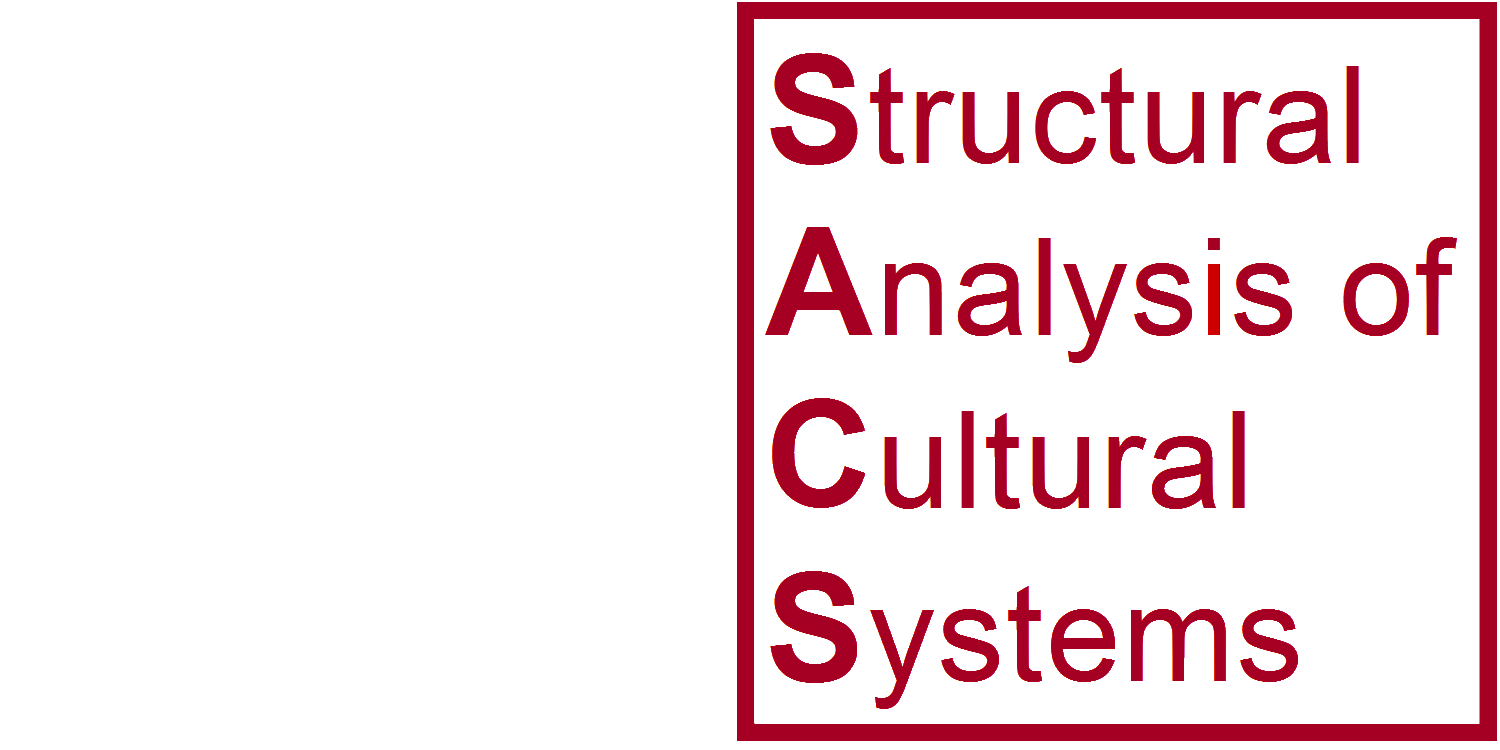
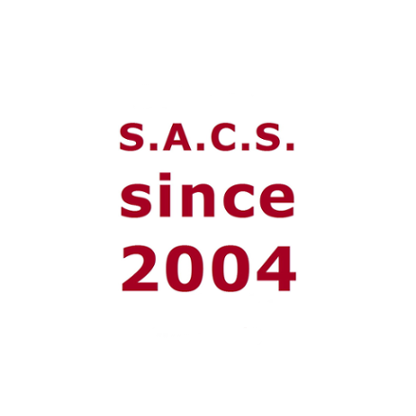

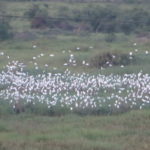
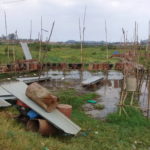
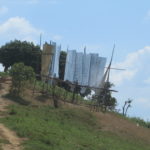
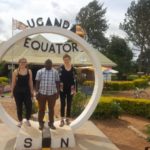
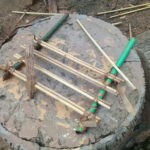
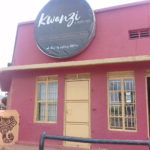

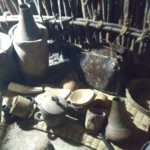
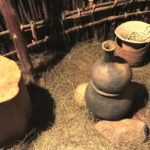
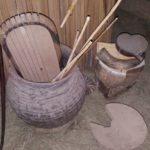
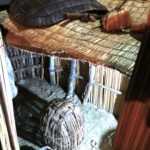
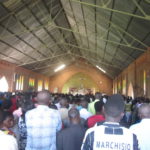
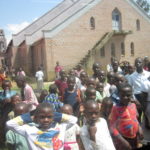

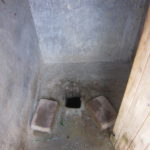
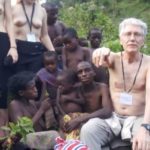
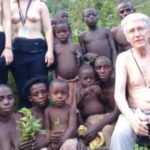
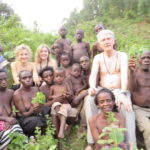
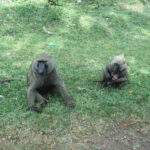

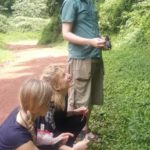
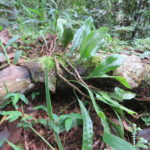
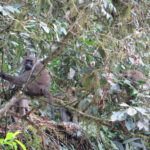
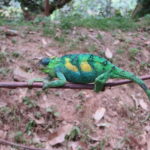

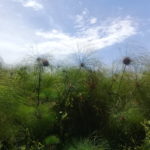
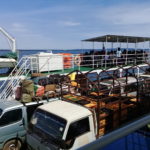
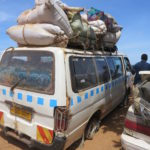
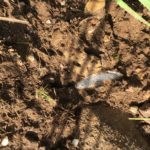
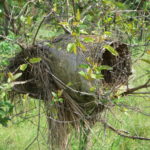
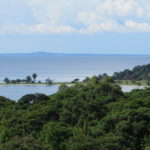
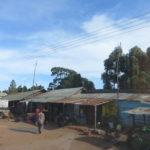
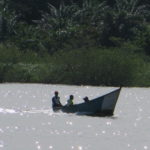
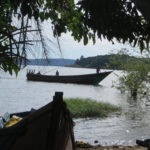
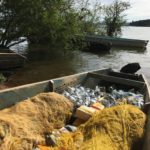
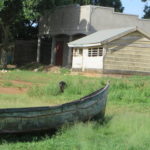
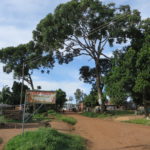
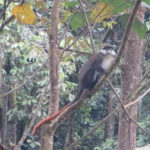
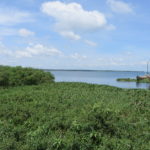
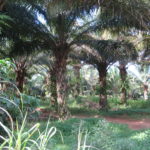
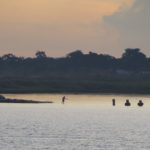
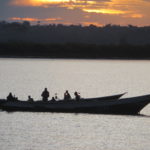
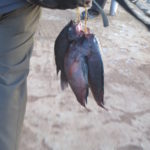
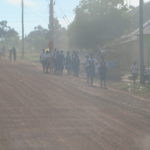

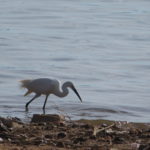
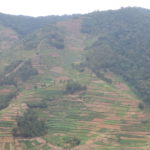
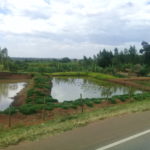
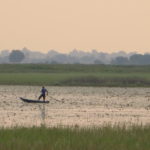
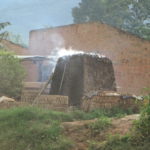
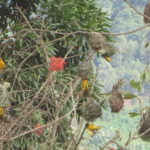
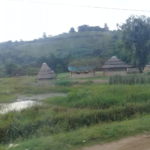
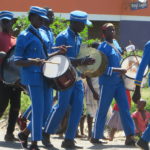
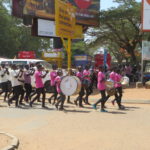
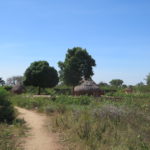
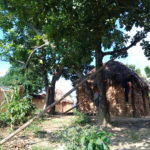
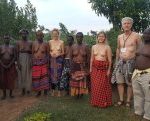
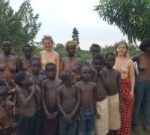
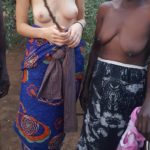
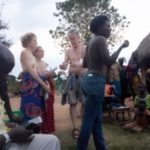
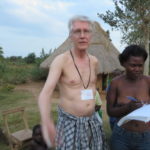

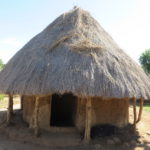
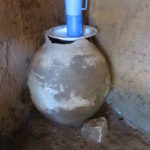

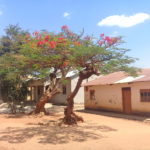
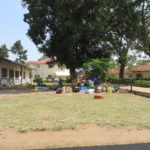
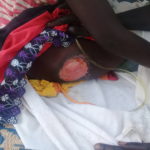

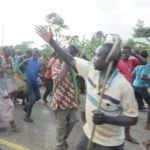
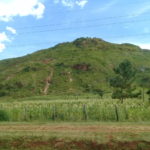
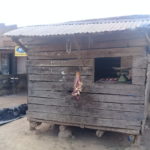
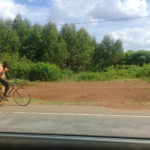

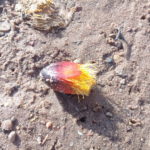
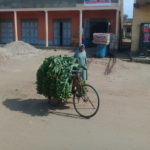
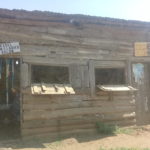
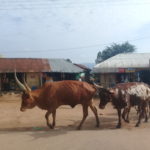
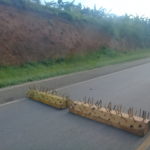
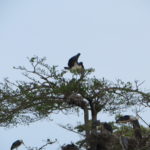
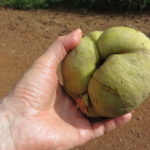
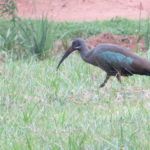
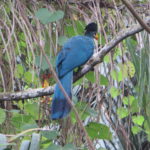
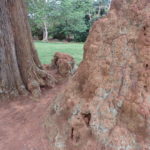
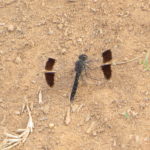
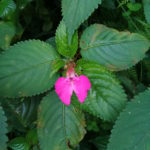
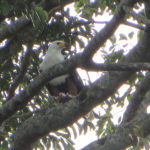
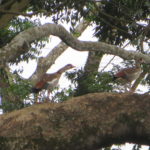

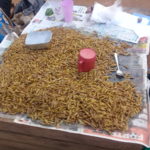
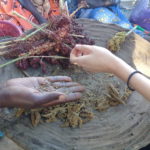
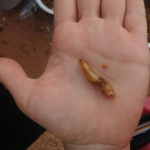

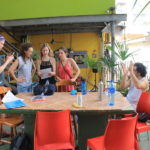
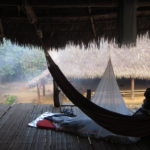
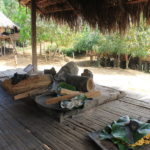
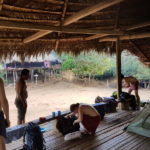
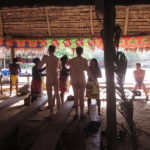
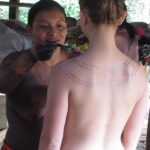
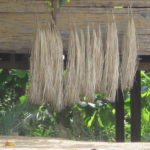
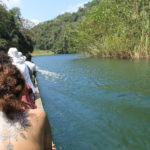
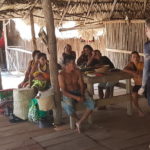
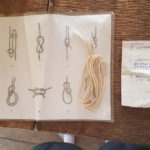
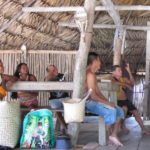
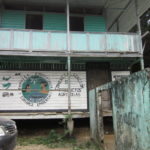
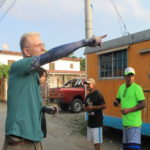
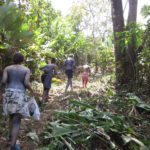
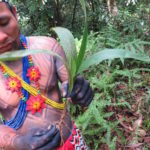
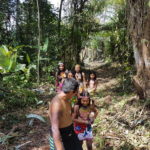
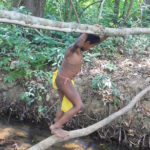
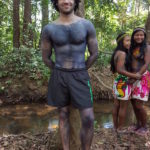
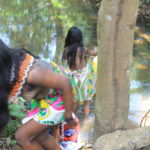
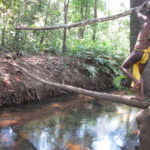
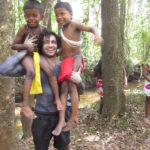
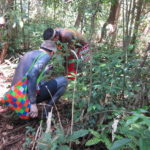
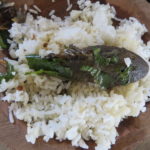
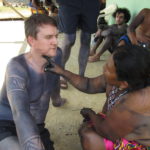
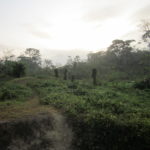
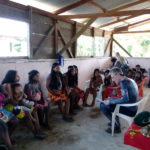
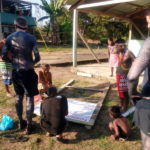
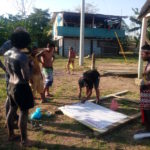
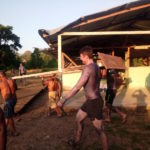
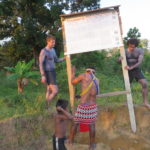
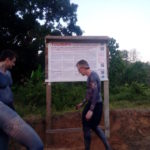
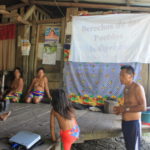
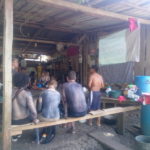
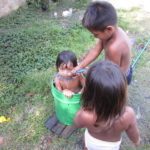
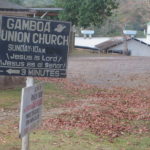
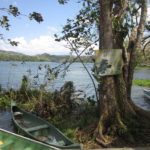
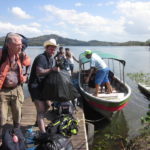
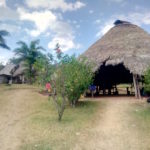
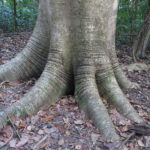
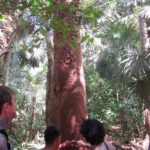
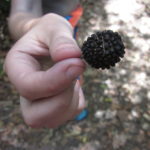
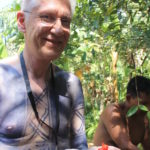
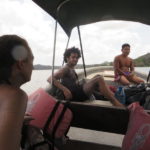
 Relevant for anyone visiting an indigenous culture
Relevant for anyone visiting an indigenous culture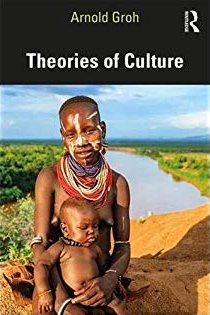 New textbook
New textbook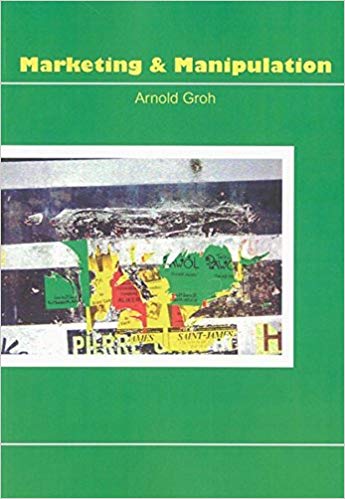 Textbook
Textbook